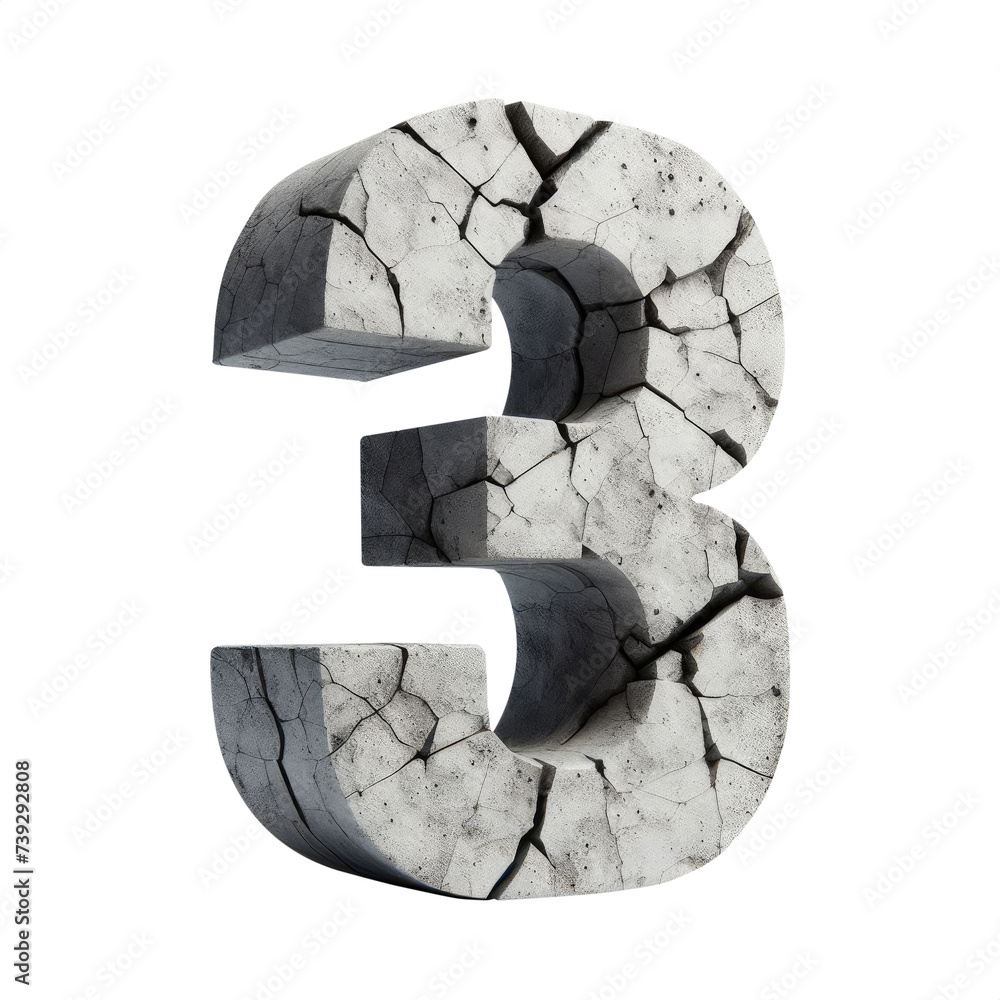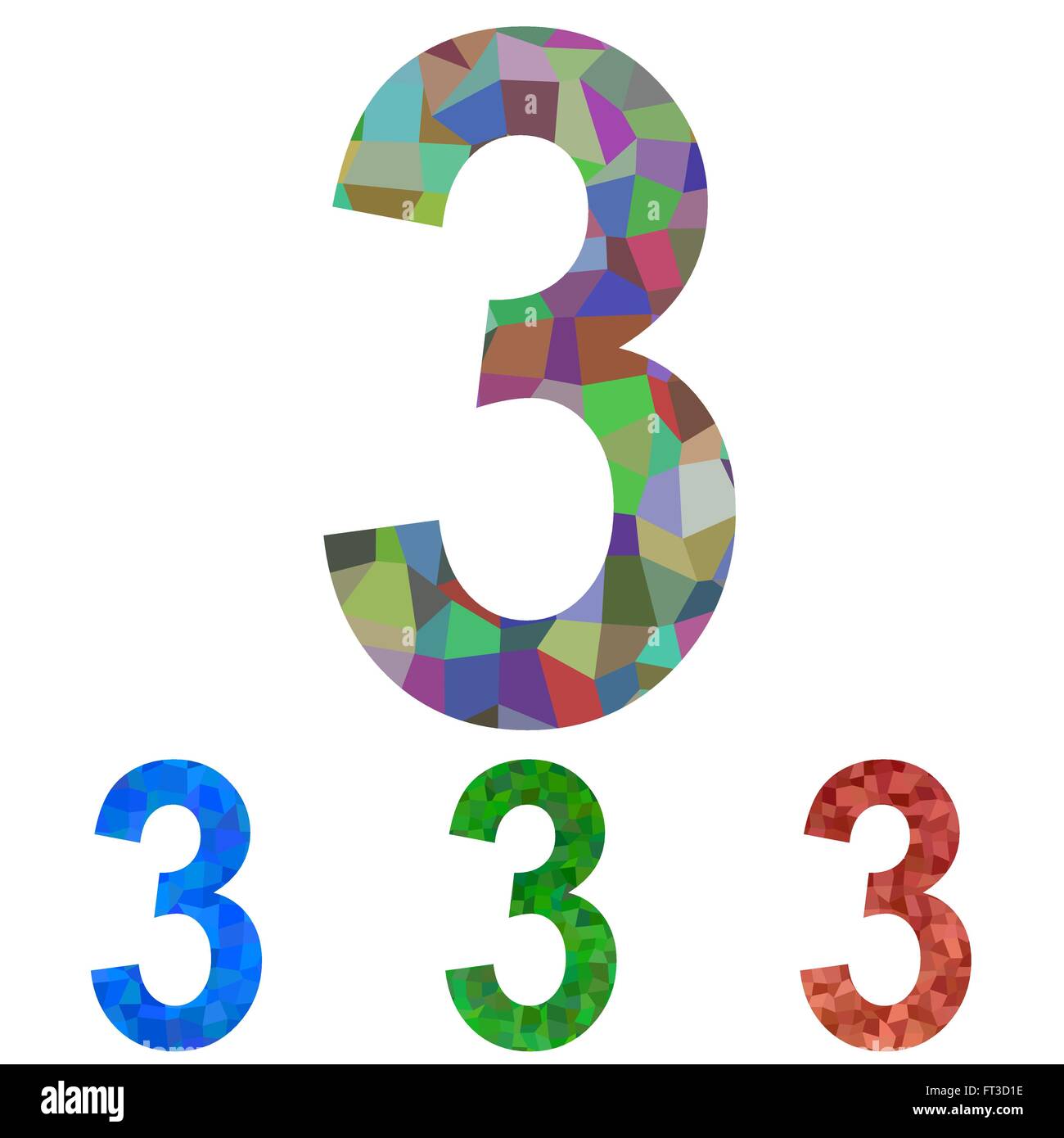A young child, a three-year-old boy, is currently facing a very serious health situation, holding on in a delicate state. This kind of news, you know, really hits hard, stirring deep feelings in anyone who hears about it. It makes you pause, thinking about the fragility of life, especially when it involves someone so small and innocent. It's a moment that, frankly, brings a lot of people together in a shared feeling of worry and a strong wish for things to get better.
When we hear about a three-year-old boy in such a grave condition, it pulls at something inside us, doesn't it? There's this immediate wave of concern, a feeling that extends beyond just the family involved. It's a reminder that life can be quite unpredictable, and that some of the most precious things are also the most vulnerable. This news, you see, prompts a quiet moment of reflection for many, as they consider the well-being of this little one and the people who care for him.
The impact of such a story tends to spread quickly, reaching out into various parts of a community. People start to talk, sharing the news, and a collective sense of empathy begins to grow. It’s almost like a silent call for everyone to send their good thoughts, or to just simply acknowledge the difficult time this young boy and his loved ones are going through. This shared experience, in a way, shows how much we, as people, care for one another, especially when someone so small needs our collective good wishes.
Table of Contents
- The Heart of the Matter - A Young Life in Jeopardy
- How Does News of a 3 Year Old Boy in Critical Condition Affect Us?
- Responding to a Child's Struggle
- What Can We Do When a Child Needs Help?
- The Power of Collective Compassion
- Why Do Such Stories Resonate So Deeply?
- How Does a Community Offer Support to a Family Facing Crisis?
- Finding Strength in Shared Humanity
The Heart of the Matter - A Young Life in Jeopardy
When we hear that a very young person, particularly a three-year-old, is facing a severe health challenge, it truly touches something deep inside many of us. This is a situation that, you know, makes you stop and think about the fragility of life. A child of that age is just beginning to explore the world, to learn new things, and to connect with everything around them. Their days are typically filled with curiosity, with laughter, and with the simple joy of discovery. So, when news comes out about such a young life being in a very serious state, it feels like a blow to that innocence, a stark reminder of how quickly circumstances can change for anyone, especially the most vulnerable.
The immediate feeling for many is one of deep sadness, a sort of heavy ache that settles in. It's hard to hear about a little one struggling, someone who hasn't had the chance to experience much of what life has to offer. This kind of news, honestly, often makes people think about their own children, or nieces and nephews, or just any small person they know. It creates a powerful wave of empathy, a shared sense of concern that reaches out to the family involved. People might find themselves sending quiet wishes for recovery, or just holding the thought of the boy and his loved ones close to their hearts.
It's interesting, isn't it, how certain pieces of information can just grab our attention and refuse to let go? A situation involving a child in critical health is one of those things. It tends to stick with you, prompting conversations and moments of reflection. You might find yourself thinking about it throughout the day, perhaps wondering about the people who are caring for him, or the family who must be going through an incredibly tough period. This news, basically, acts as a reminder of our shared human experience, highlighting how much we can feel for others, even those we don't know personally.
How Does News of a 3 Year Old Boy in Critical Condition Affect Us?
The news about a three-year-old boy in critical condition really does have a way of affecting people on a very personal level, you know? It's not just another piece of information; it's something that can stir up a lot of feelings. For many, it might bring forward thoughts about their own loved ones, especially if they have children or little ones in their lives. The vulnerability of a small child can hit home quite hard, making us consider how precious and delicate young lives truly are. This kind of news, essentially, serves as a powerful call to our collective human compassion.
When such a story comes to light, there's often an immediate shift in the general mood of a community. People might feel a sense of shared sadness or worry, even if they don't have direct knowledge of the family involved. It's almost like a ripple effect, where the concern for one small individual spreads outwards, touching many hearts. This shared feeling, to be honest, shows how deeply connected we can be as human beings, even without direct interaction. It's a reminder that we often feel a natural protective instinct towards children, especially those who are suffering.
Moreover, hearing about a situation like this can lead to a lot of quiet thought. People might spend time considering the difficult circumstances, or perhaps thinking about what they might do if they were in a similar position. It can also make us appreciate the health and well-being of those around us a little more, acting as a kind of wake-up call. The news of a three-year-old boy in critical condition, therefore, often prompts a moment of gratitude for the good things in our own lives, while also extending a silent wish for strength and recovery to the child and his family. It's pretty much a universal response, wouldn't you say?
Responding to a Child's Struggle
When a young child faces a serious health challenge, the way people respond often speaks volumes about our shared humanity. There's a natural inclination to want to help, to offer comfort, or to simply express good wishes. This response isn't always about grand gestures; sometimes, it's just about a quiet moment of thought, or a brief conversation with someone else about the situation. The news of a three-year-old boy in critical condition can, you know, bring out a deep sense of empathy in many different people, prompting them to consider how they might contribute, even in a small way, to a positive outcome.
The way communities come together in such times can be quite moving. You see people sharing information, often through various informal channels, and offering words of encouragement. It's a bit like a network forming, where individuals connect over a shared concern for the well-being of the child. This kind of collective action, or even just collective thought, demonstrates a fundamental human desire to support those who are struggling, particularly when it's a child. It really does show the strength of human connection, wouldn't you agree?
This period of worry also tends to highlight the importance of accurate information. People often seek out reliable sources to understand the situation better, or to find out if there's anything they can do to provide assistance. It's about wanting to be informed, so that any support offered is truly helpful. The desire to learn about the situation, and to connect with others who feel the same way, becomes quite strong. So, this collective concern, in some respects, turns into a quiet movement of shared care and a search for ways to offer real help.
What Can We Do When a Child Needs Help?
When we hear about a child who is facing a severe health issue, a common question that pops into our minds is, "What can I possibly do?" It's a very natural reaction, you know, to feel a desire to provide some kind of aid or comfort. While specific actions might depend on the situation and what the family needs, there are general ways people tend to offer support. One of the most immediate things is simply to hold the child and their family in your thoughts, sending positive energy their way. This might seem like a small thing, but the power of collective good wishes can be quite significant for those who are going through a difficult period.
Another common way to help is by spreading awareness, if that's what the family or responsible parties wish for. Sharing accurate information can help rally broader community support, whether that means people offering practical assistance or simply keeping the family in their prayers. It's about creating a wider circle of care, a sort of platform for shared concern. This kind of sharing, honestly, helps to ensure that the family feels less alone during what must be an incredibly isolating time. It's a way for people to connect and offer their collective strength.
Sometimes, people also look for specific ways to contribute, like through organized efforts or established support networks. This could involve contributing to a fund if one is set up, or perhaps offering practical help if they know the family personally and are asked. The important thing, basically, is to respect the family's wishes and privacy while still showing that you care. It's about finding ways to give answers to the question of "how to help" that are truly meaningful and considerate, ensuring that any assistance provided is truly beneficial to the three-year-old boy and his loved ones.
The Power of Collective Compassion
The news of a young child in a very serious health state has a unique way of bringing people together, sparking what you might call collective compassion. It's a powerful force, really, that emerges when a community, or even just a group of individuals, focuses its care and concern on a single point of vulnerability. This shared feeling isn't something you can easily measure, but its presence is very much felt. It creates a kind of invisible bond among people, reminding them of their common humanity and their capacity for deep empathy. This collective response, to be honest, shows the best of what people can be when faced with someone else's pain.
When a story about a three-year-old boy in critical condition circulates, it often leads to a spontaneous outpouring of good wishes and support. People might talk about it at work, with their neighbors, or within their social groups. This sharing of concern creates a sort of informal network, a platform where individuals can express their feelings and offer comfort to one another. It's pretty much a testament to how much people care, even for strangers, especially when a child is involved. This collective compassion, you know, acts as a beacon of hope, showing the family that they are not alone in their struggle.
This shared sense of care can also lead to more organized efforts, as people look for practical ways to provide assistance. Whether it's through community groups, online forums, or local initiatives, the desire to help often translates into tangible actions. It's about pooling resources, sharing information, and connecting those who want to help with those who need it. The power of this collective compassion is that it transforms individual feelings of concern into a broader, more impactful wave of support. It definitely highlights how much stronger we are when we act together, don't you think?
Why Do Such Stories Resonate So Deeply?
It's a curious thing, isn't it, how certain stories just seem to stick with us, stirring up strong feelings long after we've heard them? The news of a young child, like a three-year-old boy in critical condition, is definitely one of those kinds of stories that resonates deeply within many people. Part of it, you know, comes from the sheer innocence of a child. They are seen as pure and vulnerable, with their whole lives stretching out before them. When that future is suddenly in doubt, it triggers a powerful sense of injustice or sorrow within us, making us feel a profound empathy for their situation.
Another reason these stories touch us so much is because they often remind us of our own experiences with children, whether as parents, siblings, or simply as people who care about the next generation. We can easily put ourselves in the shoes of the family, imagining the immense worry and pain they must be going through. This personal connection, in a way, makes the story feel very real and immediate, even if we don't know the specifics. It's pretty much a universal human response, this desire to protect and nurture the young, and so when a child is in danger, it strikes a chord with that fundamental instinct.
Moreover, stories like this often highlight the fragility of life itself. They serve as a stark reminder that even the youngest among us can face unexpected challenges. This realization can be a bit unsettling, but it also tends to make us appreciate the health and well-being of those we hold dear even more. The deep resonance of such news, therefore, isn't just about sadness; it's also about a renewed sense of gratitude and a quiet reflection on what truly matters in life. It really does make you think about things differently, doesn't it?
How Does a Community Offer Support to a Family Facing Crisis?
When a family is going through an incredibly tough time, like having a three-year-old boy in critical condition, a community often steps up to offer help in various ways. It's not always about grand, public gestures, you know; sometimes it's the quiet, everyday acts of kindness that make the biggest difference. People might start by simply reaching out to offer a listening ear, or to express their concern directly to the family if they know them. This personal touch, honestly, can provide immense comfort during a period of intense stress and uncertainty.
Beyond personal connections, communities often organize more structured forms of assistance. This could involve setting up a system for meals, so the family doesn't have to worry about cooking, or coordinating rides for other children to school or activities. Sometimes, people will come together to help with household chores or errands, taking some of the daily burdens off the family's shoulders. It's about providing practical answers to immediate needs, allowing the family to focus their energy on the child who needs them most. This kind of shared effort, basically, creates a strong network of support.
Financial assistance is another common way a community can show its care. This might involve creating a fund or a collection to help with medical bills or other unexpected costs that arise during a crisis. These efforts are often shared through local groups, social media platforms, or community notice boards, making it easy for people to contribute if they are able. The goal, in essence, is to lighten the load for the family, to show them that they are not alone, and that many people are thinking of them and wishing for the best for the three-year-old boy. It really is quite amazing to see how people can come together like that, isn't it?
Finding Strength in Shared Humanity
In moments of profound difficulty, particularly when a young life is at stake, we often find a remarkable strength in our shared humanity. The news of a three-year-old boy in critical condition, while deeply saddening, also serves as a powerful reminder of our collective capacity for



Author Details:
- Name : Marcelino Kassulke
- Username : pmorar
- Email : wilkinson.cristobal@watsica.info
- Birthdate : 2006-01-21
- Address : 8039 Keanu Corner Kianafort, NM 66362
- Phone : 361-263-4172
- Company : Kilback Group
- Job : Compacting Machine Operator
- Bio : Voluptas labore ducimus velit mollitia. Aliquam corporis nulla provident quis pariatur.
Social Media
Instagram:
- url : https://instagram.com/stoltenbergl
- username : stoltenbergl
- bio : Assumenda animi excepturi est. Veniam ipsum harum autem in. Fuga quae hic est rem et corrupti.
- followers : 2078
- following : 1476
Twitter:
- url : https://twitter.com/stoltenberg1973
- username : stoltenberg1973
- bio : Id qui iure nihil rem aut fuga. Illum quas eum reiciendis quaerat est ratione voluptatem. Et ut quod saepe sint rerum et.
- followers : 4953
- following : 2424
